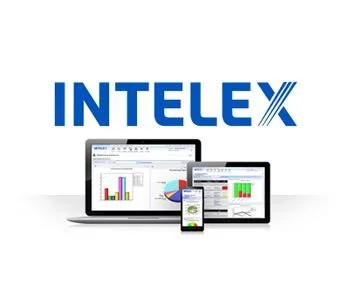iForm is one of many online platforms that enable businesses to access an overview of their company-wide performances and operations. While it is a growing market, iForm was the first of its kind and has opened the door of possibilities for other developers.
iForm has seen a great amount of success because it is a perfect demonstration of the capabilities that come with modern technology. Operating platforms such as this are used to increase the efficiency of an organization’s overall performance by giving management greater access to information and allowing them to cut costs in other areas.
The primary function of iForm is to go hand in hand with Intelex, an operating system that has been adopted by many corporations in the energy and medical industries. To give a practical example of its functions, an oil company that operates pipelines can apply various sensors to a pipeline that will monitor the overall health and structure of the pipeline, notifying the operators if there is a leak. In this particular case, the operating system protects the local environment while simultaneously saving the company money.
Operating systems such as iForm are just the latest innovation in a global industry that is exponentially growing.
For more information on the latest in the world of software development, contact us!



















